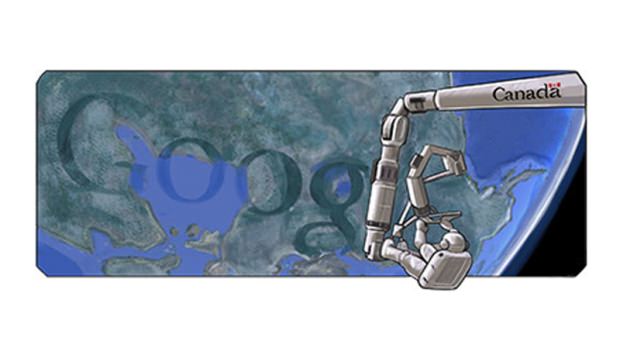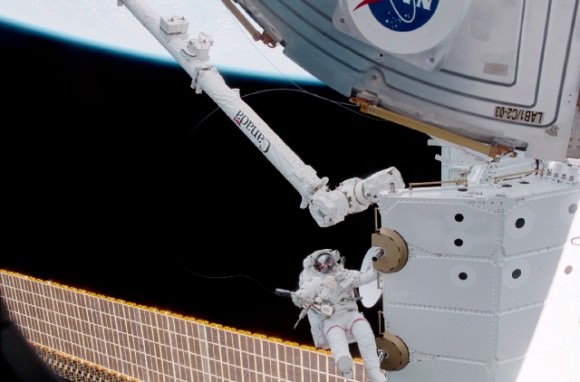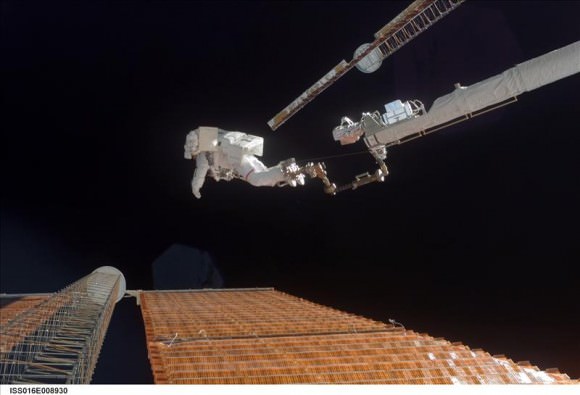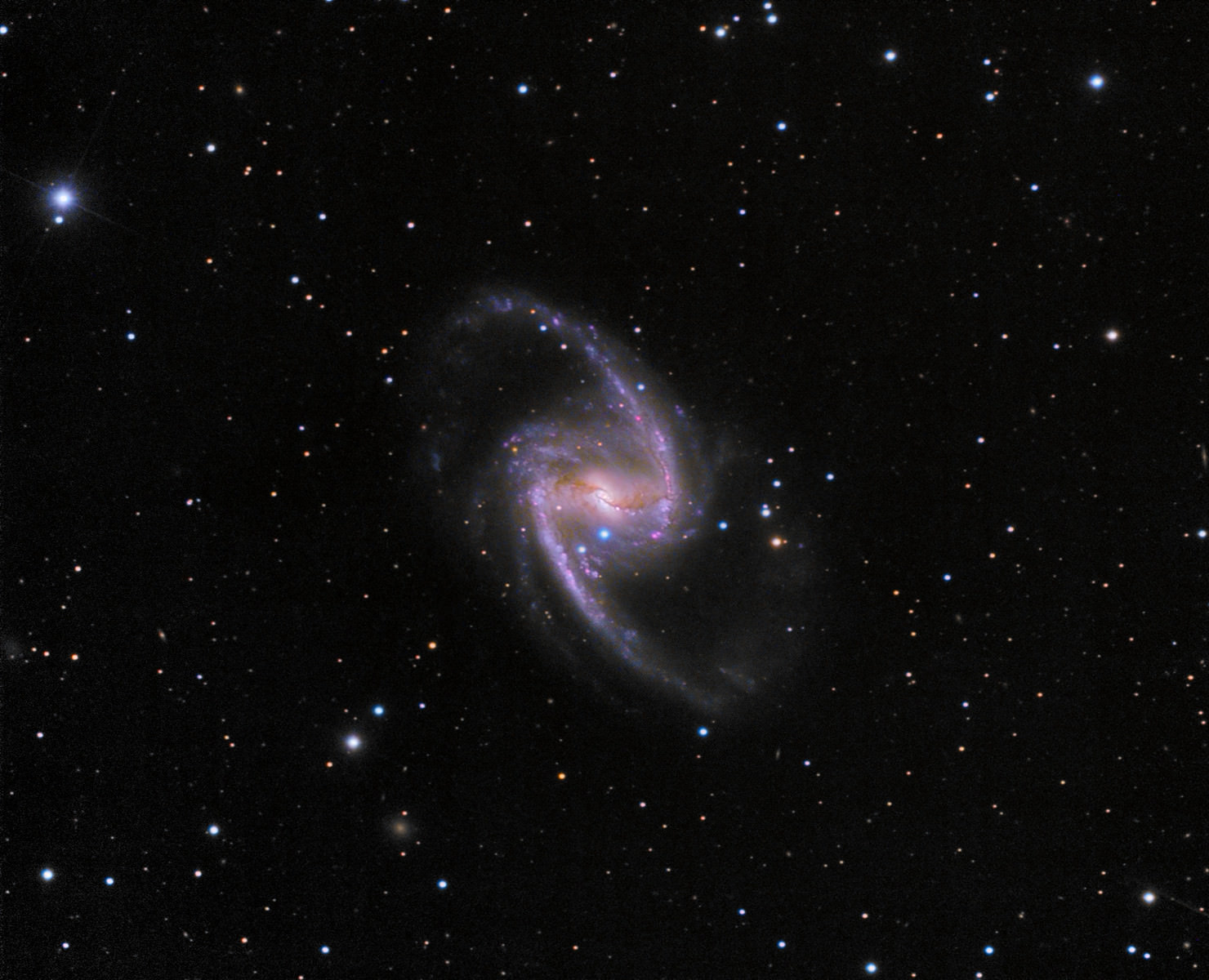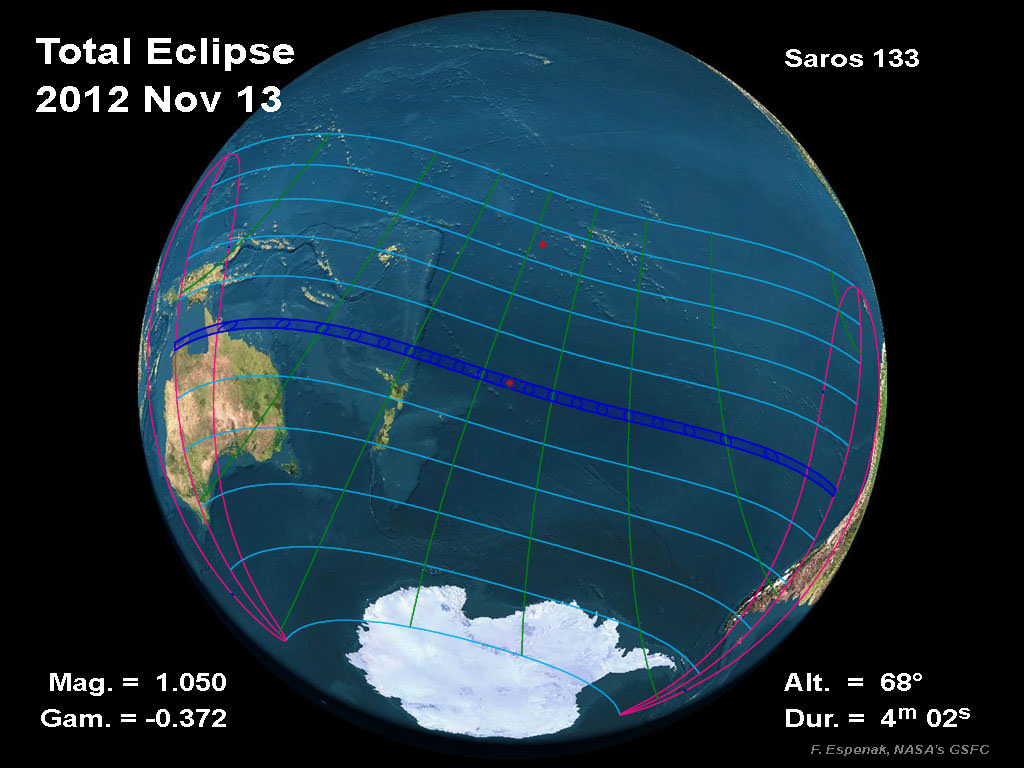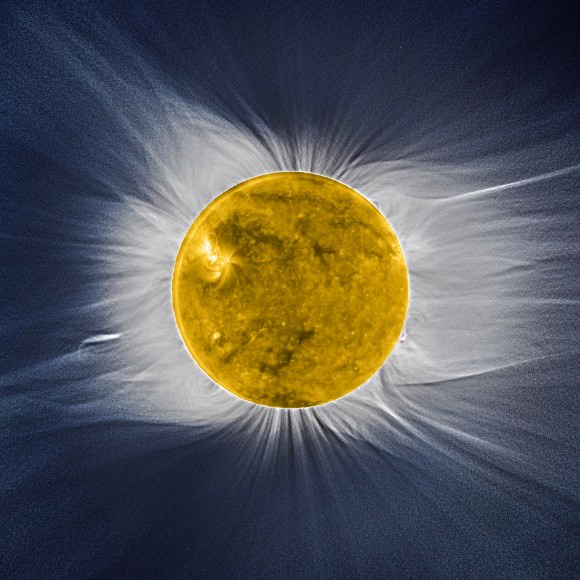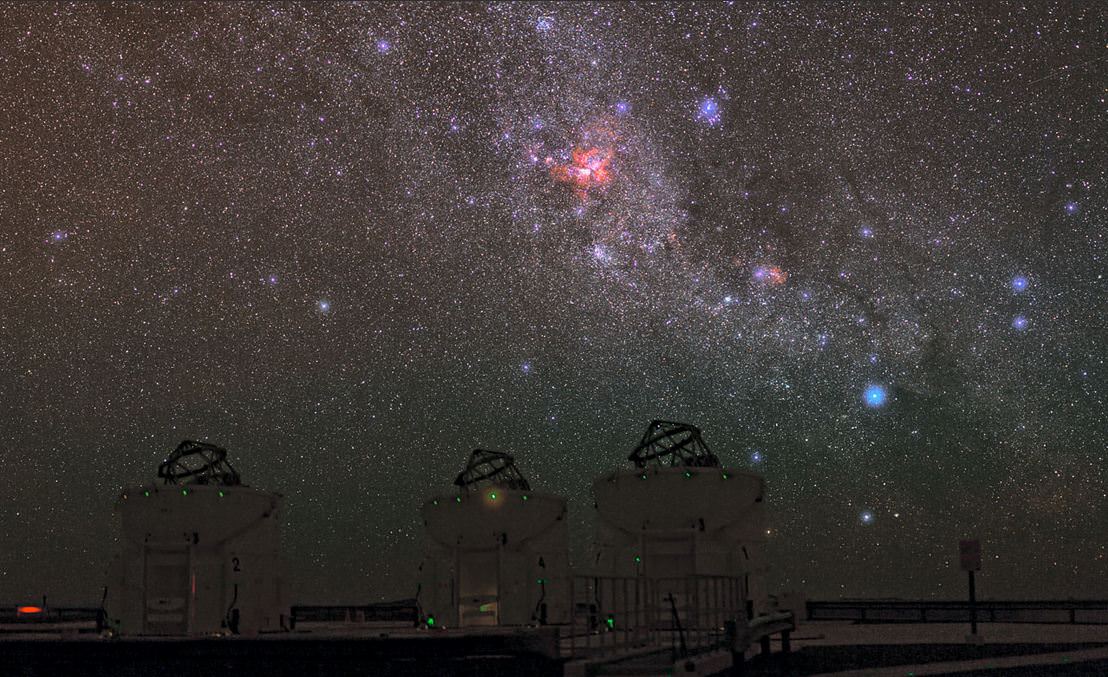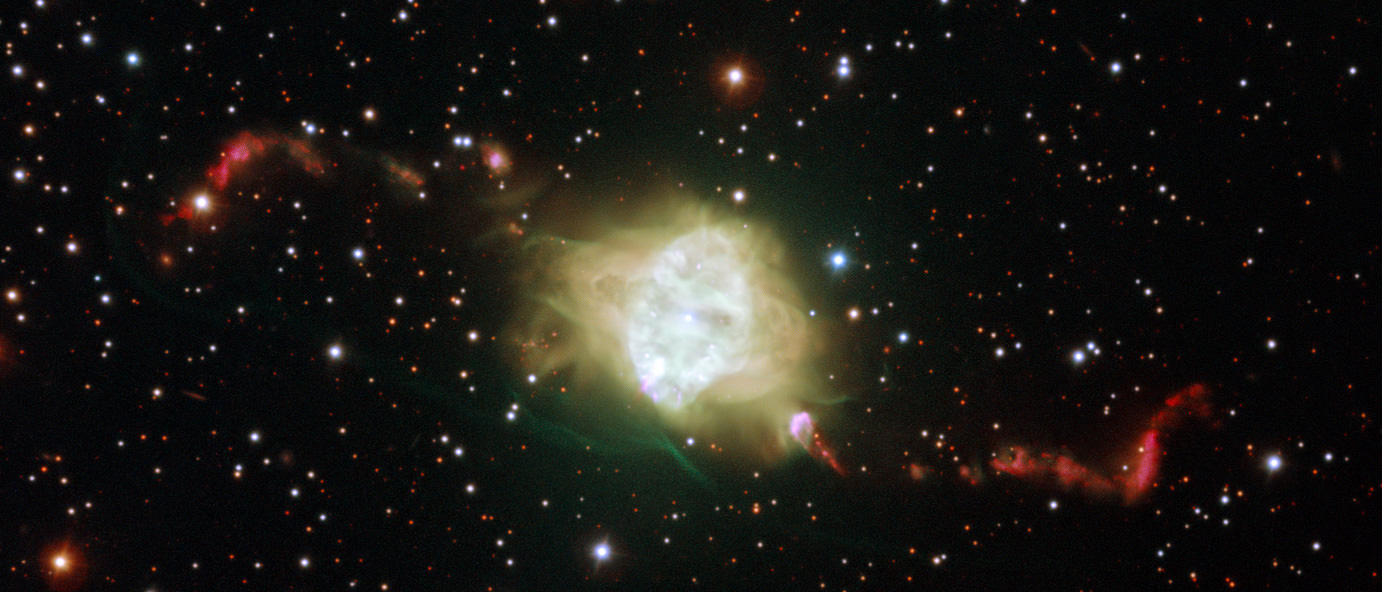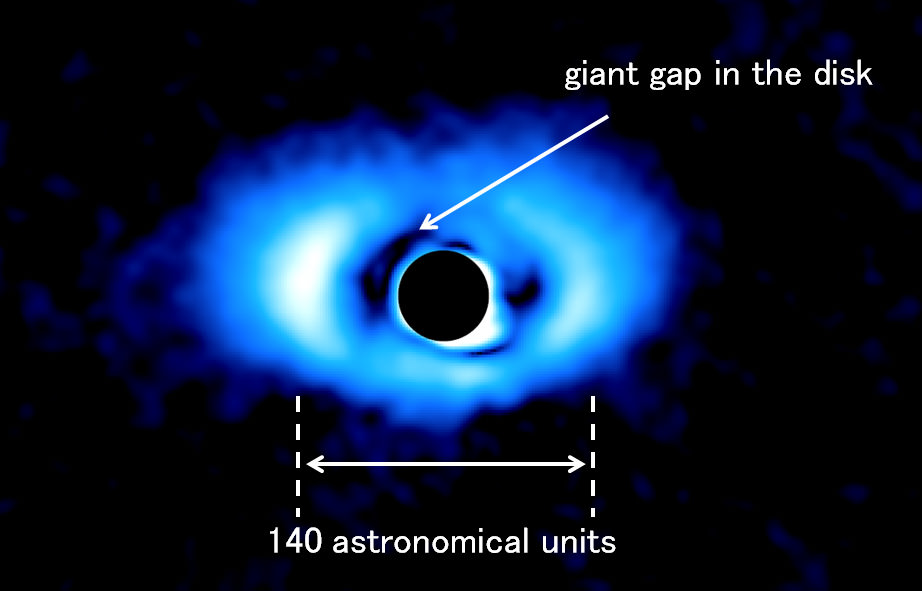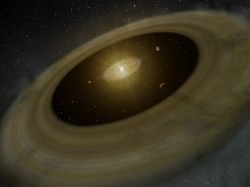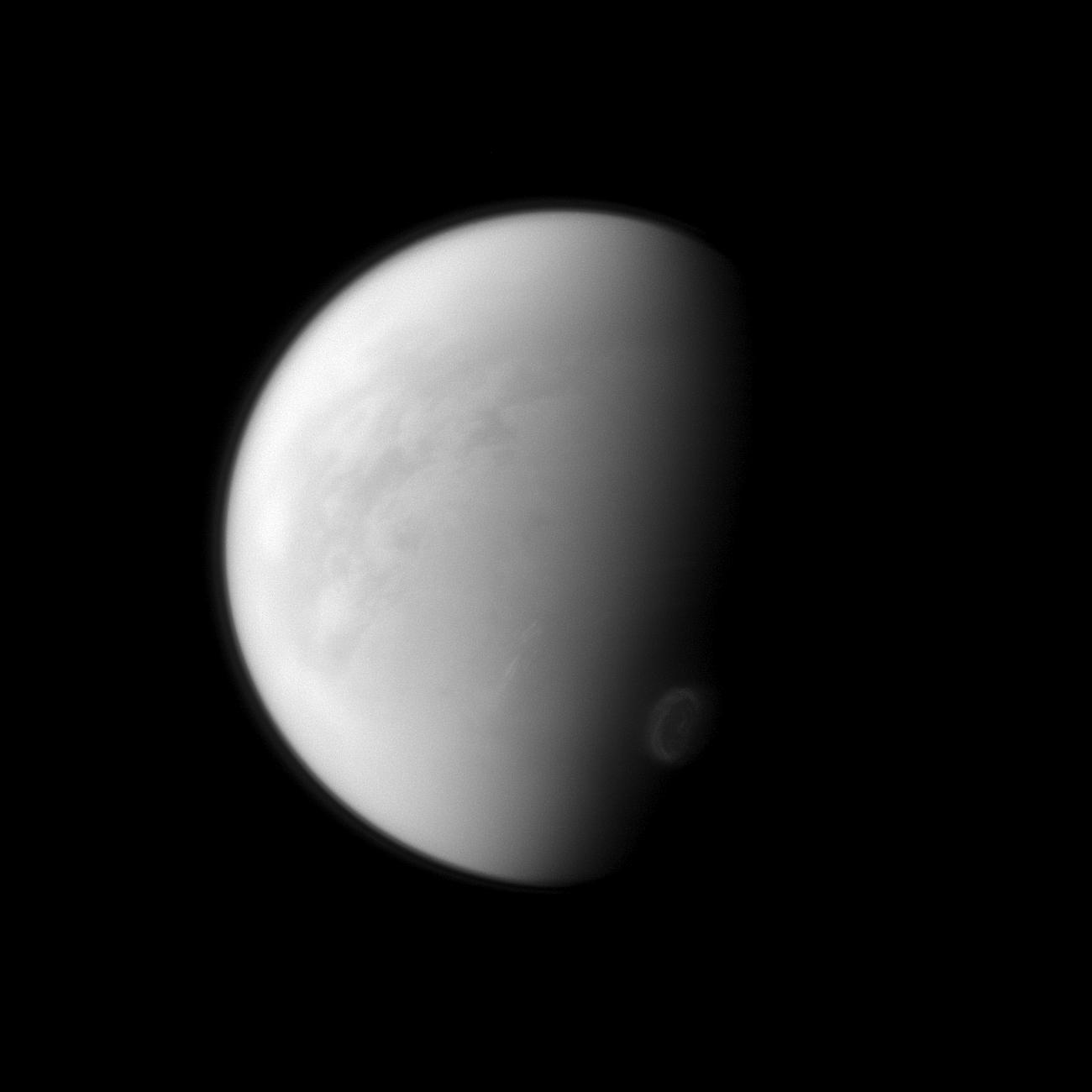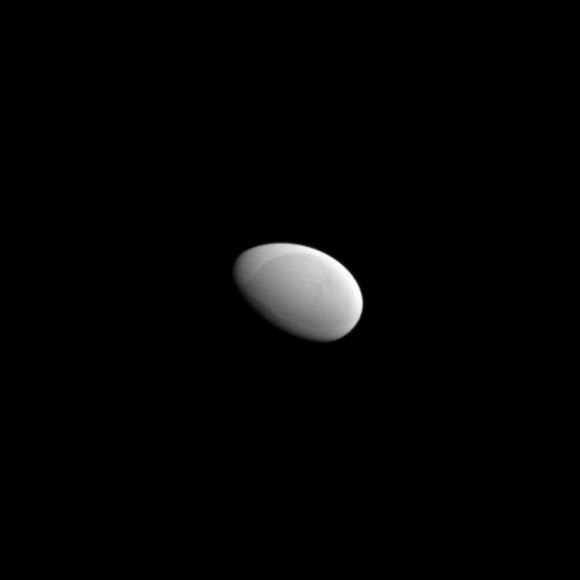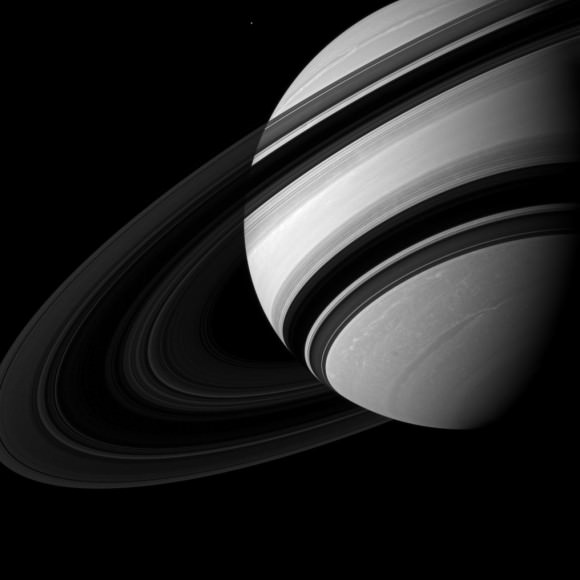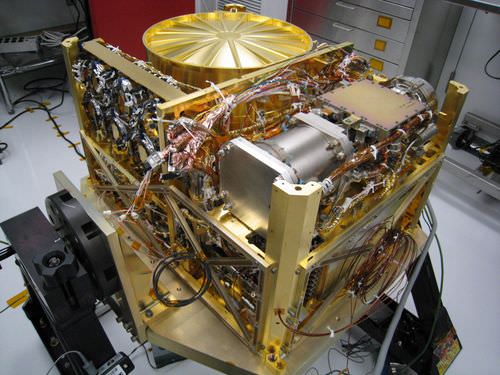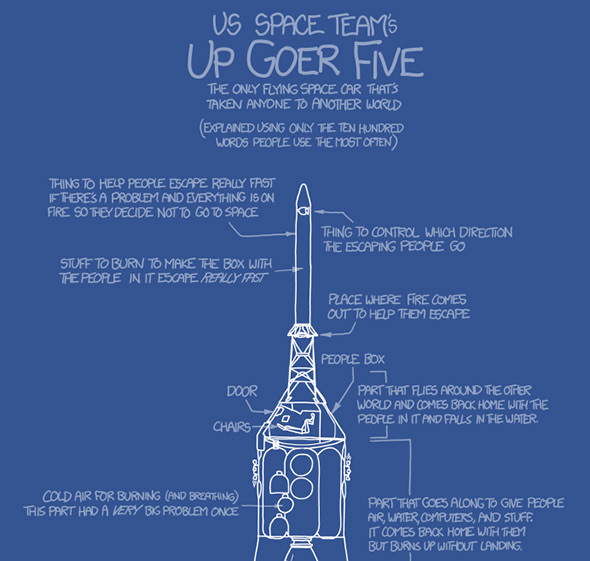Canada’s most famous robot is on the front page of Google.ca today. The Google doodle honors the 31st anniversary of the first use of Canadarm in space.
Canadarm is a robotic arm that flew on virtually every shuttle mission. The technology is still being used today in space.
According to the 1992 book A Heritage of Excellence, Canada was first invited to work in the shuttle program in 1969. Toronto engineering firm DSMA-Atcon Ltd. initially pitched a Canadian-built space telescope, but NASA was more interested in DSMA’s other work.
“The Goddard Space Flight Center in Maryland expressed interest in another of DSMA’s gadgets – a robot the company had developed for loading fuel into Candu nuclear reactors,” wrote Lydia Dotto in the book, which Spar commissioned to celebrate its 25th anniversary.
“It was just the thing for putting a satellite they were building into space.”
Dozens of astronauts have used the Canadarms during spacewalks, including Michael L. Gernhardt on STS-104. Credit: NASA
The Canadian government and NASA signed a memorandum of understanding in 1975 to build the arm. Legislation allowing the project to move forward passed the next year. Canadian company Spar became the prime contractor, with DSMA, CAE and RCA as subcontractors.
Engineers had to face several challenges when constructing the Canadarm, including how to grapple satellites. The solution was an “end effector“, a snare on the end of the Canadarm to grasp satellites designed to be hoisted into space.
Several NASA astronauts, including Sally Ride, gave feedback on the arm’s development. Canadarm flew for the first time on STS-2, which launched Nov. 12, 1981. (Ride herself used the arm on STS-7 when she became the first American woman to fly in space.)
Marc Garneau, the first Canadian astronaut in space, has said the arm’s success led to the establishment of the Canadian astronaut program. He flew in 1984, three years after Canadarm’s first flight.
Canadian astronaut Chris Hadfield during an EVA in 2001. Also in the image is the Canadarm2 robotic arm on the ISS. Credit: NASA
Some of the arm’s notable achievements:
– Launching space probes, including the Compton Gamma Ray Observatory, as well as short-term experiments that ran during shuttle missions;
– Retrieving satellites for servicing. One prominent example was the rescue of the INTELSAT VI satellite on STS-49, which required the first three-astronaut spacewalk;
– Launching the Hubble Space Telescope, then retrieving and relaunching it during each repair mission;
– Helping to build the International Space Station along with Canadarm2, its younger sibling;
– Scanning for broken tiles on the bottom of the shuttle. Astronauts used a procedure developed after Columbia, carrying seven astronauts, was destroyed during re-entry in 2003. A Canadarm was modified into an extension boom; another Canadarm grasped that boom to reach underneath the shuttle.
The arm was so successful that MacDonald, Dettwiler and Associates (which acquired Spar) built a robotic arm for the International Space Station, called Canadarm2. Canadian astronaut Chris Hadfield helped install the arm during his first spacewalk in 2001.
Canadarm2’s most nail-biting moment was in 2007, when astronauts used it to hoist astronaut Steve Parazynski (who was balancing on the extension boom) for a tricky solar panel repair on the station.
November 3, 2007 – Canadarm2 played a big role in helping astronauts fix a torn solar array. Here, Scott Parazynski analyses the solar panel while anchored to the boom. Credit: NASA
More recently, Canadarm2 was used to grapple the Dragon spacecraft when SpaceX’s demonstration and resupply missions arrived at the International Space Station this year.
MDA recently unveiled several next-generation Canadarm prototypes that could, in part, be used to refuel satellites. The Canadian Space Agency funded the projects with $53 million (CDN $53.1 million) in stimulus money. MDA hopes to attract more money to get the arms ready for space.
You can read more about the Canadarm’s history on the Canadian Space Agency website.

